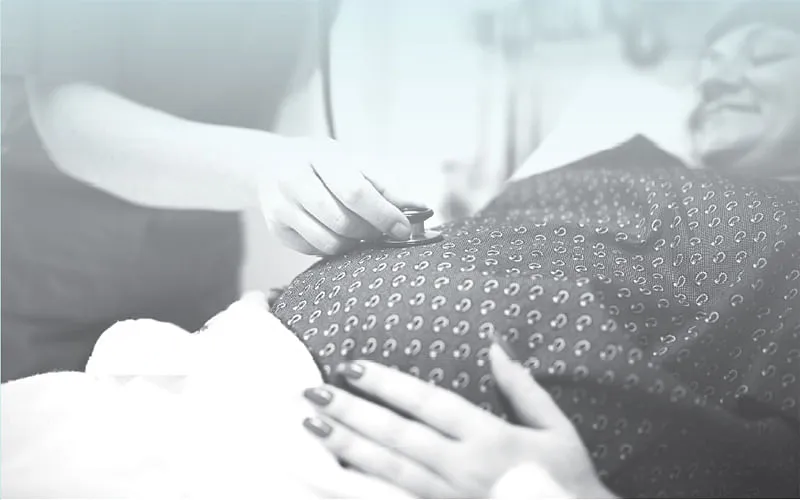It was nothing less than reassuring to learn from the news domain that J&K Government has finally decided to audit the incidence of C-Sections across health facilities of the Union Territory, an ethically contentious issue which has been impinging upon the conscience of health administrators and well-meaning clinicians in equal proportions for almost a decade now. Nearly half of the births taking place through abdominal route (caesarean section) has led National Family Health Survey – 5 paint a grim picture of maternal health in J&K.
Caesarean delivery on maternal request is far from being a well-recognised clinical entity. When a woman desires a caesarean delivery on maternal request, her Gynaecologist/Obstetrician should duly factor in her specific risk factors, such as age, body mass index, co-morbidities, accuracy of estimated gestational age (the most important), reproductive plans, personal values, and cultural context. In the absence of maternal or foetal indications for caesarean delivery, a plan for vaginal delivery is the ‘safest’ and appropriate, and should be recommended. After exploring the reasons behind the patient’s request and discussing the risks and benefits, if a patient decides to pursue caesarean delivery on maternal request, the following is the most ideal, recommended and ethical approach: in the absence of other indications for early delivery, caesarean delivery on maternal request should not be performed before a gestational age of 39 weeks; and, given the high repeat caesarean delivery rate, patients should be thoroughly educated on the risks of placenta previa, placenta accreta spectrum, and gravid hysterectomy increase with each subsequent caesarean delivery. If a patient’s sole motivation to elect a caesarean delivery is a fear of pain in childbirth, Gynaecologist/Obstetrician and other Obstetric care providers should make an extra effort to discuss and offer the patient analgesia for labor, as well as prenatal childbirth education and emotional support in labor.
There are limited studies on caesarean delivery on maternal request and neonatal outcomes; therefore. Evaluation of the available literature on caesarean delivery without labor is suggestive of the fact that the risk of respiratory morbidity, including transient tachypnoea of the new-born, respiratory distress syndrome, and persistent pulmonary hypertension, is higher for elective caesarean delivery compared with vaginal delivery, when the delivery is earlier than 39–40 weeks of gestation. The literature on elective caesarean delivery without labor also shows an increased rate of complications related to prematurity (including respiratory symptoms, other neonatal adaptation problems such as hypothermia and hypoglycaemia, and neonatal intensive care unit admissions) for infants delivered by caesarean delivery before 39 weeks of gestation. Because of these potential complications, in the absence of other indications for early delivery, caesarean delivery on maternal request should be avoided and more so before a gestational age of 39 weeks.
Author is a medical doctor with CRPF, Srinagar & is a recipient of President of India’s ‘Life Saving Medal’.
His Twitter handle is @DrSuneem
Disclaimer: The views and opinions expressed in this article are the personal opinions of the author. The facts, analysis, assumptions and perspective appearing in the article do not reflect the views of GK.






